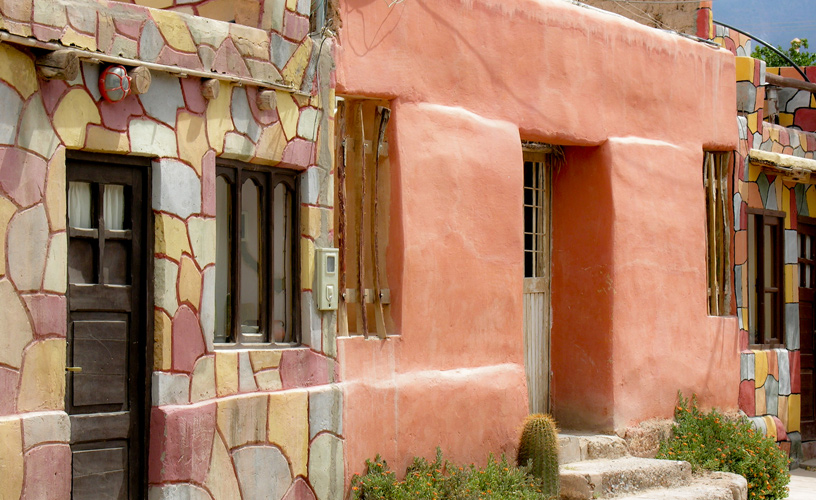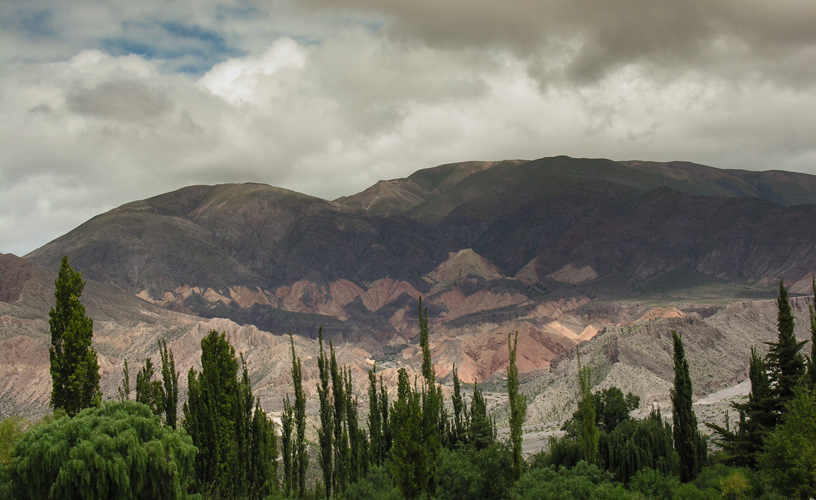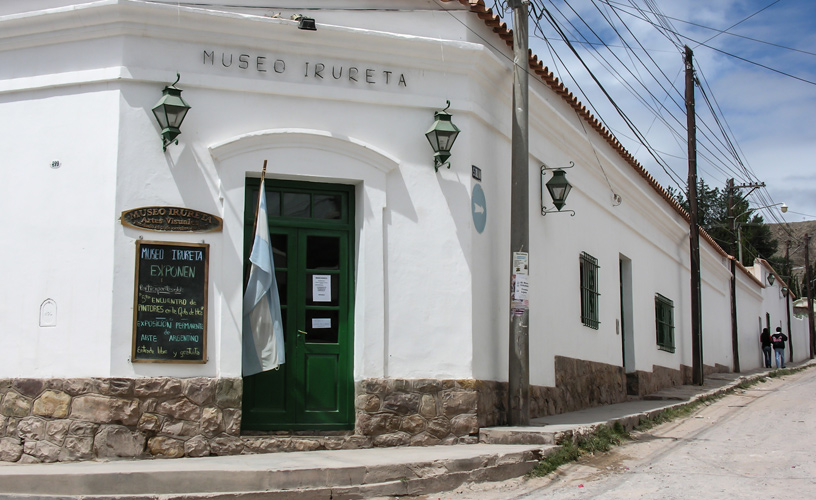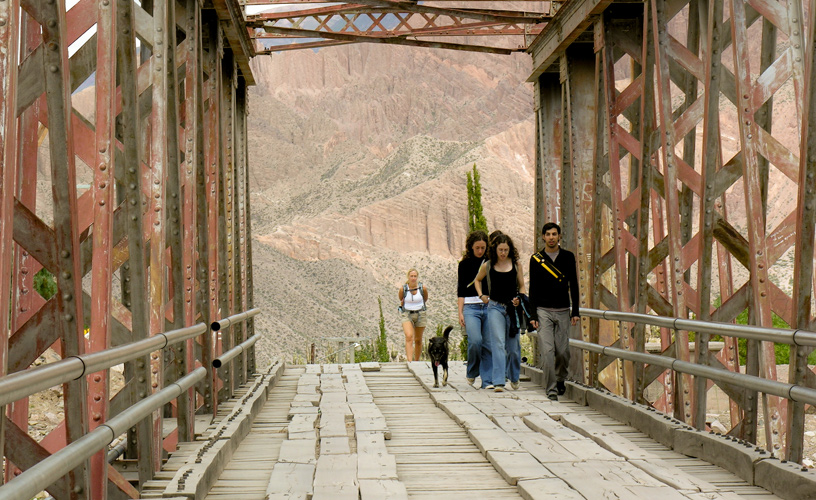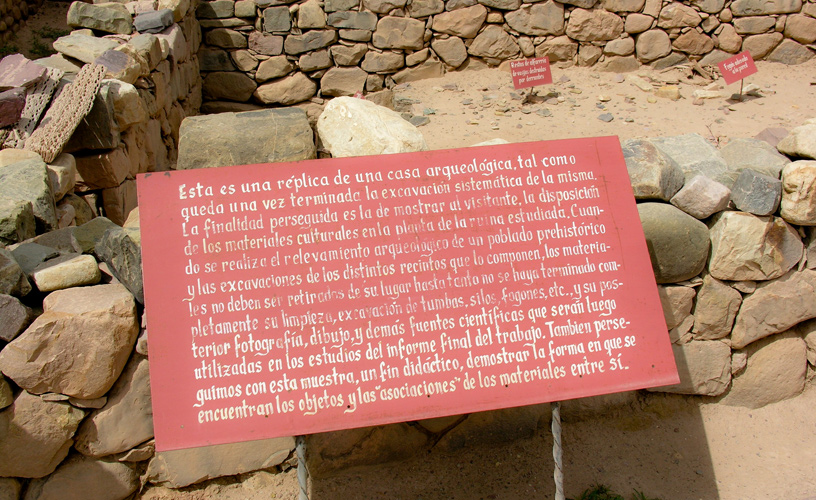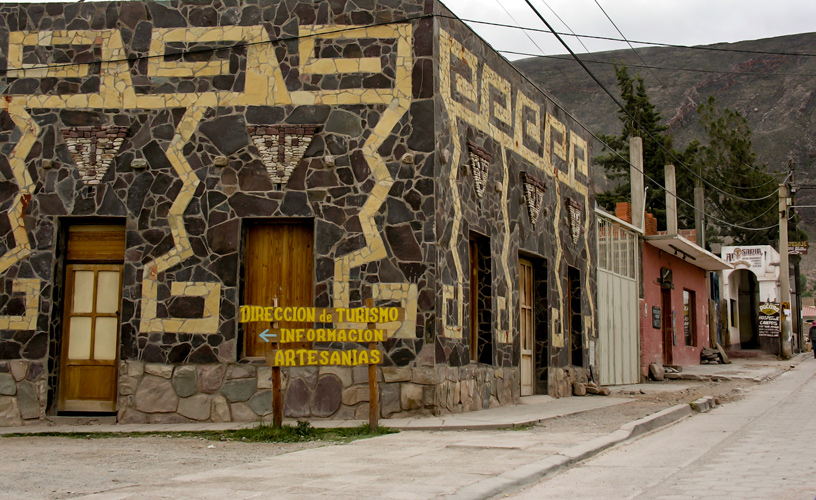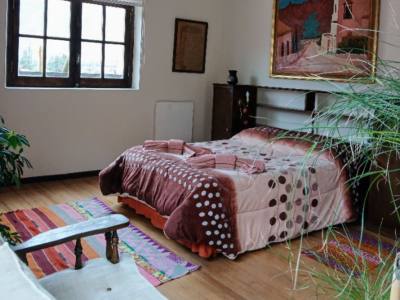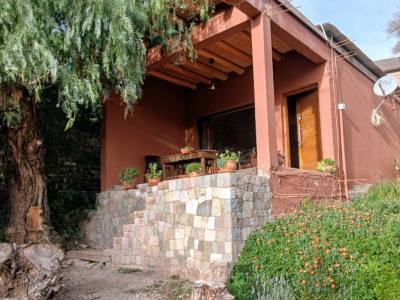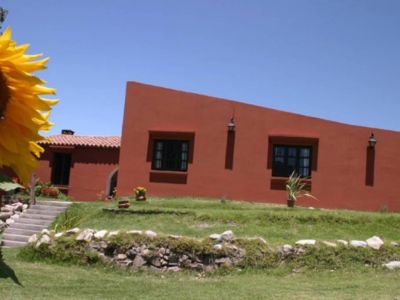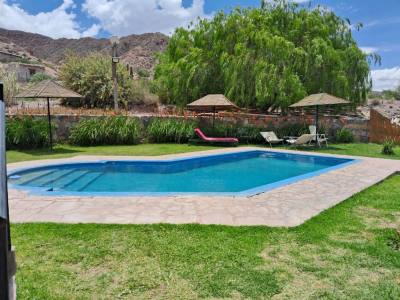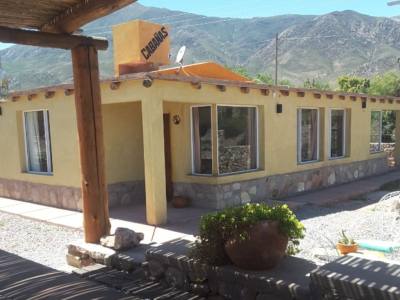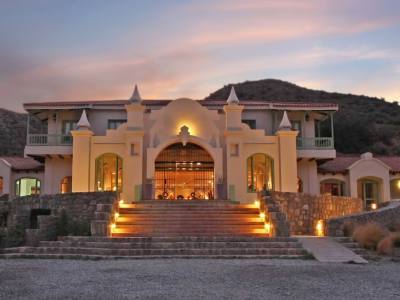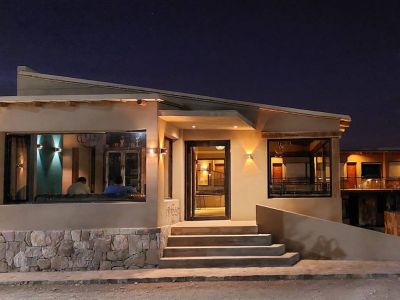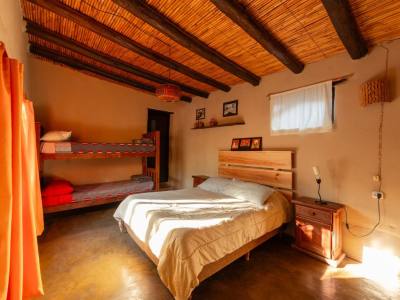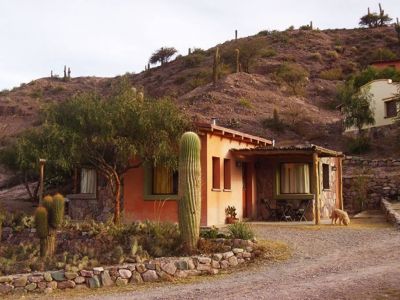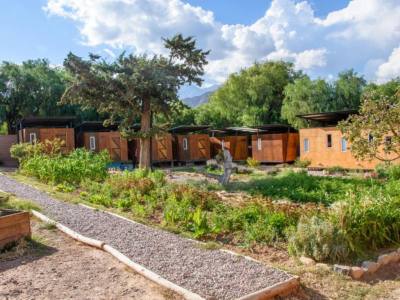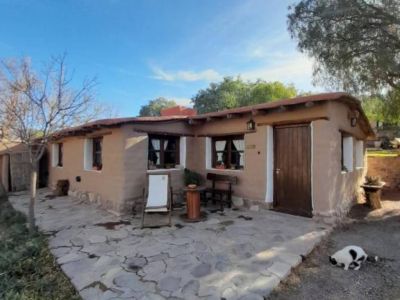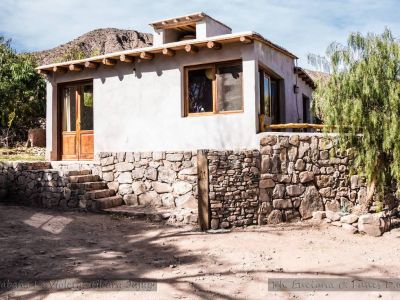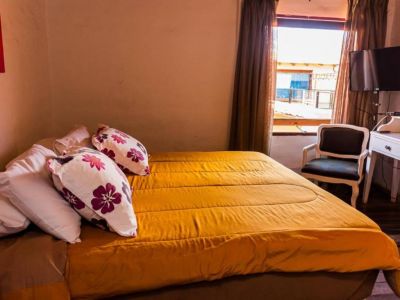The district of Tilcara lies in the core of the Humahuaca Ravine, 85 kilometers from San Salvador de Jujuy. A place where archeology, anthropology and tourism become only one word.
Before the White Men Arrived
As most villages in Northern Argentina, there is no record of the date on which Tilcara was founded in any book or document from those days. Its history dates back from the pre-hispanic period, when various settlements of diverse cultures, each one with their own identity, used to cover the entire area.
These were sedentary peoples who devoted themselves to agriculture and livestock. The arrival of white men brought along radical changes. However, many customs and beliefs from the past have turned into common sense for the local dwellers.
Tilcara lies at 2,465 meters above sea level on the banks of the Grande River, a few meters from National Route 9. Its main square, a homage to Coronel Manuel Álvarez Prado, is the meeting point for all the inhabitants of town. It is also the venue for a permanent market of local craftsmen from the entire Humahuaca Ravine, who offer visitors a wide variety of products and souvenirs. Surrounded by small restaurants, coffee-shops and handicrafts workshops, as well as by the Town Hall and the Post Office, the square is the congregation point on summer nights when guitar playing, concerts and peñas have turned January into a special month for Tilcara in the last decade.
The festive fame of the village has become the talk of town. Every summer, thousands of tourists enjoy the celebrations of the Chicha, the Pachamama and, of course, the famous Tilcara carnival, celebrated during February.
The local church, Our Ladyship of the Rosary of Tilcara, located opposite Plaza Chica, where thousands of members of the congregation assemble during the annual Easter celebrations, is another attraction for visitors.
Where History Lives Today
Tilcara is considered the archeological capital of Northern Argentina, both due to the large number of objects still lying on the ground and due to all those archeological materials that were recovered and revealed to the public in general.
The most eloquent example of this was the recovery of the Pucará (a kind of fortress) that enables to understand and get in contact with the world of our ancestors. As if time had never passed.
But Tilcara is also its museums, all of which are worth visiting. Opposite the main square lies the “José Antonio Terry” Regional Museum, which houses paintings not only by this painter but also from countless artists from the area which perfectly synthesize the creative light of this nook of the country. Another important attraction is the “Ernesto Soto Avendaño” Sculpture Musuem, where the best sculptures by this artist are displayed. The “Fundación Hugo Irureta” Fine Arts Museum was created in 1987 and its purpose is to foster art and culture from Northern Argentina. It is worth the visit. The “Dr. Eduardo Casanova” Archeological Museum, standing opposite the main square, hides an excellent and varied sample of the most representative materials of Pre-hispanic Andean Bolivian culture and the Diaguita culture. This museum is part of the Tilcara Interdiscipline Institute and it works under the supervision of the College of Philosophy and Arts of the University of Buenos Aires. A group of anthropologists and archeologists present their research on a regular exhibition and they also perform restoration and preservation tasks.
A place not to be missed when it comes to acquiring theoretical knowlege, starting to climb the steep streets of Tilcara, crossing the old iron bridge over the Grande River and getting deep into the mysticism of the famous Pucará of Tilcara.
Pablo Etchevers
Pablo Etchevers
